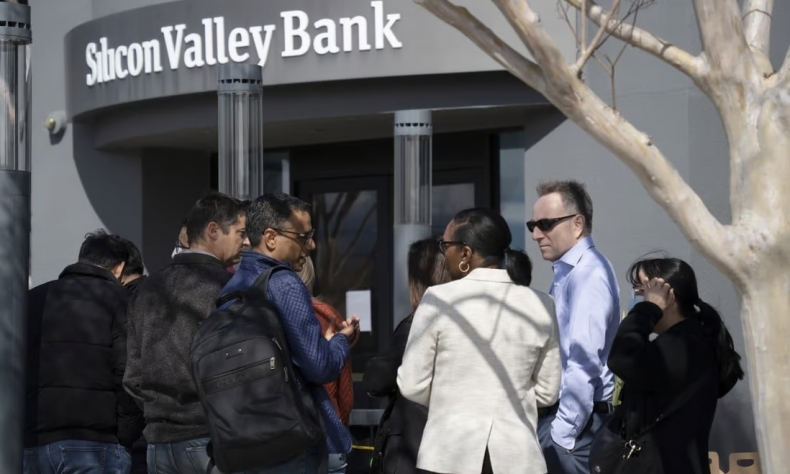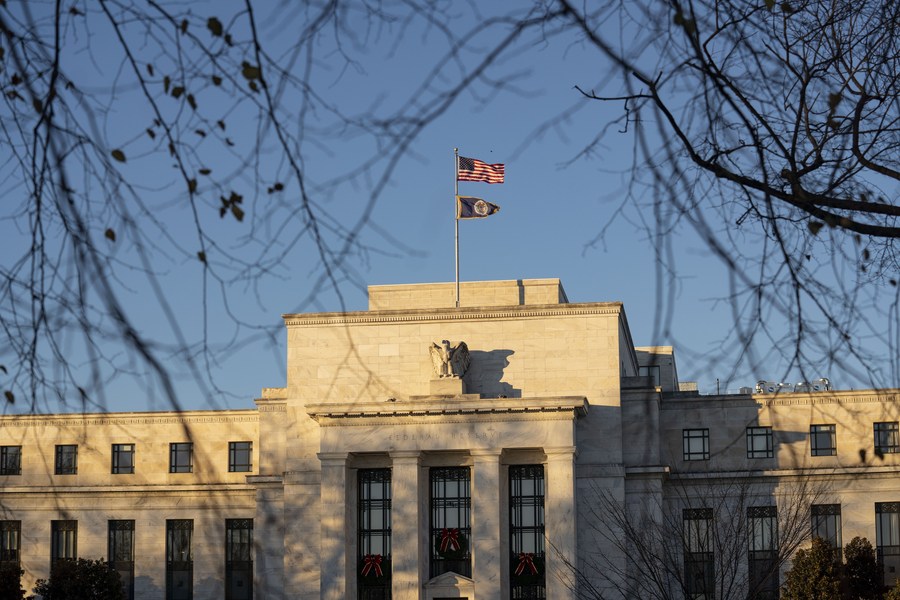A Quadrillion Dollars Used to Be a Lot of Money

Quantitative easing (QE) has painted the Fed into a corner by keeping stock, bond and real estate prices inflated for over a decade that any attempt to cool the economy and address inflation will have negative consequences for financial markets.
On March 10, Silicon Valley Bank, the 16th largest bank in the United States, became the second largest banking bankruptcy in U.S. history. It was the third U.S. lender to collapse in a week, following Signature Bank and the crypto-focused Silvergate Bank. Although analysts argue the “contagion” risk from the meltdowns is limited, there is reason to believe the situation could become more serious than the 2007-08 financial crisis.
While the crisis of 2007-08 was caused by widespread corruption linked to fraudulently valued derivatives for sub-prime mortgages, the current banking turmoil is systemic and caused by overinvestment in treasury bonds.
COVID-related measures created a vast transfer of wealth upward in the U.S. economy and banks invested this money in treasury bonds. However, this vast transfer, combined with supply chain disruptions and anti-Russia sanctions, fueled inflation, leading to wage demands that threatened corporate profits and stock prices.
To stop these demands and protect asset prices, the U.S. Federal Reserve (Fed) raised interest rates, lowering the value of the bonds the banks held. This was not a problem until depositors decided to move their deposits to money management funds because of this higher interest rate. This forced the banks to sell their bonds and realize the losses. So, how big is the problem? According to the Federal Deposit Insurance Corp. (FDIC), unrealized losses on securities across the banking sector are $680 billion.
President Joe Biden and Treasury Secretary Janet Yellen quickly tried to calm markets. Biden announced the FDIC would cover all deposits, including those over and above the legally mandated $250,000 limit and Yellen announced the Fed would let banks borrow against the purchase value of their bonds—not the market value.

This creates two immediate problems for the Fed. By guaranteeing deposits in banks deemed too important to fail, they are potentially opening the door for runs on banks that are not too big to fail; and by allowing banks to borrow against the book value of their assets, they are potentially on the hook for $620 billion.
Although this is relatively small compared to the debacle of 2007-08, when the Fed bailed out the banking sector to the tune of $700 billion of taxpayer’s money and a subsequent $40 trillion in quantitative easing (QE) over the next 13 years, there are other problems.
QE has painted the Fed into a corner by keeping stock, bond and real estate prices inflated for over a decade that any attempt to cool the economy and address inflation will have negative consequences for financial markets. It also can’t lower interest rates to reinflate asset prices without stoking inflation. However, the most significant structural problem is the derivatives market, which has ballooned since 2007.
When Warren Buffet famously labeled derivatives “financial weapons of mass destruction” in 2002, the “notional value” of the derivatives market was estimated at $56 trillion. However, the Bank for International Settlements estimated that value was $610 trillion at the end of June 2021 but could now be close to 1 quadrillion, many times larger than global GDP.
Derivatives add a layer of risk because the market is so interconnected that any failure can have a domino effect and most of the banks involved are too big to fail. According to the federal bank regulator, over 1,000 federally insured institutions held derivatives as of the third quarter of 2022 but over 88 percent were held by five large banks: J.P. Morgan Chase ($54.3 trillion), Goldman Sachs ($51 trillion), Citibank ($46 trillion), Bank of America ($21.6 trillion), and Wells Fargo ($12.2 trillion). It remains to be seen when the first domino will fall.
The author is a writer and geopolitical analyst at China Economic Indicator.
 Facebook
Facebook
 Twitter
Twitter
 Linkedin
Linkedin
 Google +
Google +










